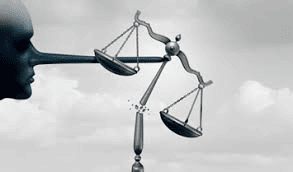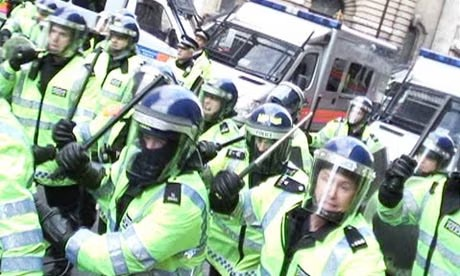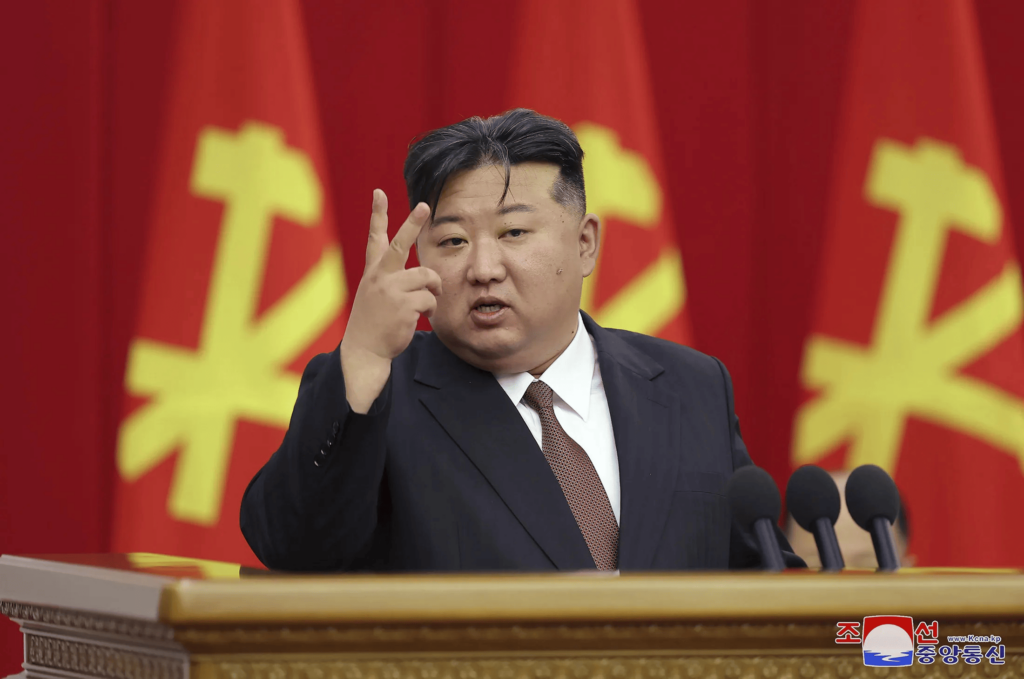Physical Address
304 North Cardinal St.
Dorchester Center, MA 02124
Physical Address
304 North Cardinal St.
Dorchester Center, MA 02124

Tyranny doesn’t emerge overnight; it’s often a gradual process fueled by fear, manipulation, and the erosion of democratic principles. Recognizing the warning signs is crucial to safeguarding freedoms and ensuring accountability. Here are ten key indicators of a leader on the path to tyranny.
A tyrannical leader often works to centralize authority, stripping away the checks and balances that limit their control. This might involve undermining independent institutions, such as the judiciary or legislative branches, to reduce accountability.
Tyrants frequently ignore laws or bend them to suit their purposes. Whether by circumventing constitutional processes or granting themselves special privileges, such behavior erodes public trust and institutional integrity.

Censorship is a hallmark of tyranny. Leaders who fear dissent often target journalists, activists, and anyone challenging their narrative. This might involve banning books, shutting down media outlets, or even arresting critics.

Picture idea: A journalist’s desk with a microphone or pen silenced by a gavel, representing censorship.
A tyrannical leader often cultivates an image of infallibility and demands unwavering loyalty. This may involve extravagant displays of power, propaganda campaigns, or rewriting history to glorify their role.
Tyrants frequently use fear to manipulate their population, portraying specific groups, ideologies, or external forces as existential threats. By creating scapegoats, they unite people under their control while justifying harsh measures.
The gradual restriction of freedoms, such as the right to assemble, protest, or access information, is a clear indicator of tyranny. Emergency decrees or security laws are often used as pretexts to limit these rights.

Picture idea: A protest scene with police barriers, capturing the tension between citizens and authoritarian policies.
Tyrannical leaders rarely play fair in the political arena. Election manipulation may involve gerrymandering, voter suppression, or outright fraud, ensuring they remain in power regardless of public opinion.

Tyrants often rely on military power to maintain their grip on the population. This might involve giving the military undue influence in governance or deploying armed forces to suppress dissent.

A hallmark of tyranny is targeting minority groups, either as scapegoats or through discriminatory policies. Such actions not only violate human rights but also create divisions that strengthen the leader’s control.
Tyrannical leaders often isolate their nations from international scrutiny by ignoring global norms, withdrawing from treaties, or attacking international institutions. This behavior signals an intent to act without external checks.

Picture idea: A world map with a highlighted country surrounded by isolation markers, symbolizing international detachment.
Tyranny thrives on complacency and ignorance. Identifying these warning signs early enables citizens, institutions, and global organizations to act before it’s too late. A free society requires vigilance, participation, and accountability to prevent authoritarianism from taking root.

Picture idea: A diverse group of people standing together, symbolizing unity and resistance against tyranny.
Tyrannical leaders often follow predictable patterns. By recognizing these warning signs, societies can safeguard their freedoms and ensure that power remains in the hands of the people. Tyranny is not inevitable—it thrives only where vigilance fails.
Disclaimer:
The views in 10 Warning Signs of a Tyrannical Leader are entirely ours. If this offends any tyrants, well… that probably says a lot.